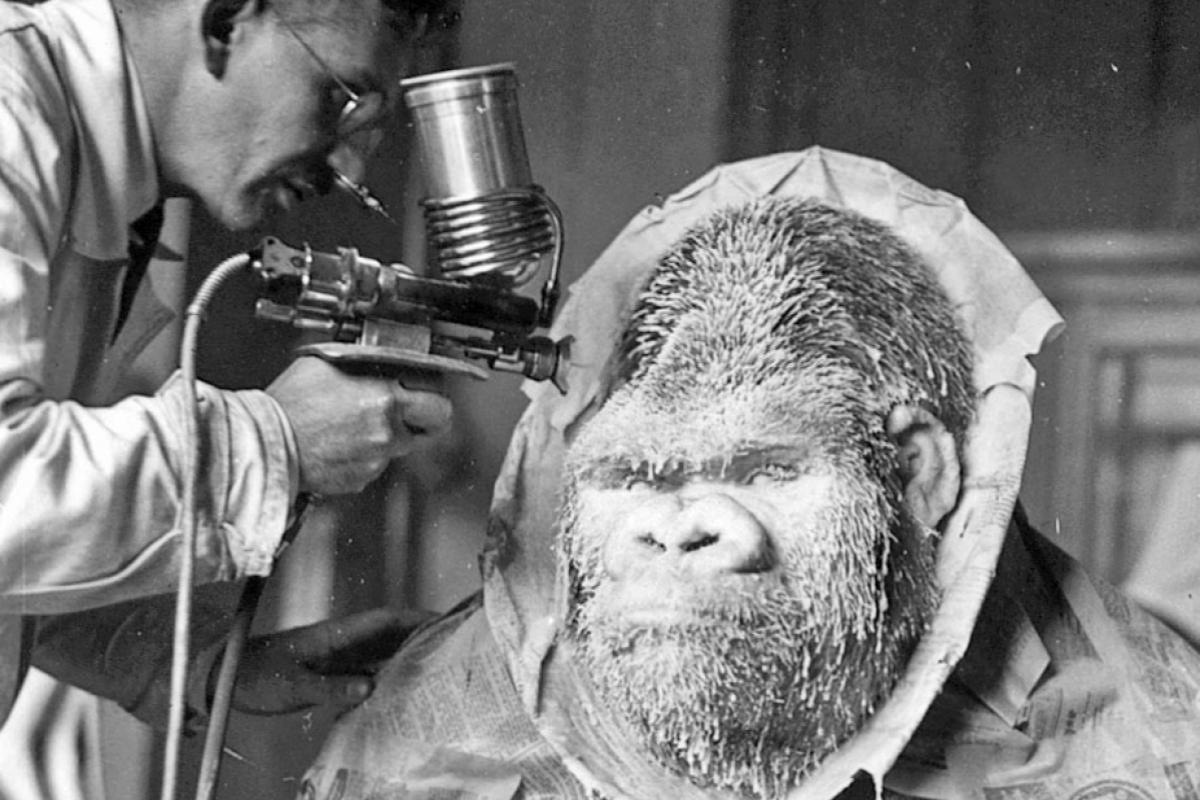Zoological Gardens and Natural History Museum Berlin, 1810 to 2020
“Animals as Objects. Zoological Gardens and Natural History Museum Berlin, 1810 to 2020” is a cooperative research project funded by the German Federal Ministry of Education and Research between the Museum für Naturkunde Berlin, the Humboldt-University of Berlin and the Berlin Zoo plc. It investigates the processes by which animals are turned into objects – living zoo attraction, museum exhibits, diplomatic matters, teaching tools and data sets. The project investigates four, in many ways related scientific collections: the Museum für Naturkunde Berlin, the Zoological Garden, part of which are also the Aquarium and the Tierpark, as well as the Teaching Collection of the Zoological Institute of the Humboldt University Berlin. Focus of the research are the traffics and transformations of animal-objects within and between these Berlin-based sites of knowledge in their global, political, scientific and cultural context. Investigations of the animal-objects center on their material, data and discursive ecologies which form and inform their care, conservation and sustainability.
Current
Ringvorlesung Animals As Objects? Histories, Institutions, Infrastructures, Data, and Knowledge Wintersemester 2020/2021
Workshop The Naval Shipworm Teredo navalis January 2021
Call for Papers The Naval Shipworm Teredo navalis until 15th November 2020
Workshop Logistical Natures February 2020
Research Areas
1. Making Animals Speak: Logistics, Science, Presentation (Humboldt-Universität zu Berlin)
Located at the interface between the history of science, logistics and cultural studies, as well as human-animal studies and environmental history, the sub-project asks how animals are made into objects of knowledge in and through the Berlin collections, and as such are made to (or supposed to) speak. The focus is on the production, transfer and transformation processes of objects, knowledge and practices from the 19th to the 21st century. In micro-historical case studies, firstly, the paths of individual objects will be traced in and through institutions, with regard to local and global logistics and transport routes, dealer networks, collecting and catching practices: from where, by whom and on which routes did the animals enter the zoo, teaching collection or museum? How do procurement routes and transport practices differ for live and dead animals, for aquatic and terrestrial animals, and how have the logistical, scientific and economic conditions of transfers changed? Building on this, the sub-project considers the techniques and practices of safekeeping, processing and presentation in the respective institutions - keeping live animals in zoos and aquaria, preparing and scientifically processing animals in museums, and using them in the teaching collection.
2. The Political Language of Animals (Zoologischer Garten Berlin)
The animals exhibited in the Berlin collections have always been and still are objects of politics as well as political objects. Starting from the common origin of the Berlin Zoo and Natural History Museum, this sub-project examines the extent to which animals have become a mirror of political ambitions. The objects of the Museum of Natural History and the Zoological Gardens, understood as political spaces, reveal the lines of colonial continuity as well as forays of the Nazi regime or the representational claims of the competing social systems during the Cold War. Especially those animal-objects that have been gifted to the collections allow for the detection of political developments, strategies and networks.
3. The Language of Data Animals (Museum für Naturkunde Berlin)
The sub-project „The language of data-animals“ connects social research with cultural and historical studies approaches in order to investigate the animal-object through and in data practices in Zoo and Museum. Digitisation as well as novel methods of analysis based on molecular biology and new imaging technologies are turning animal-objects in museums into sources of data which feed into different global information infrastructures such as the Global Biodiversity Information Facility (GBIF), GenBank or the Barcode of Life. These distinct data practices bring together different orders, standards, technologies, histories and interest that shift the animal-object’s apprehensions and attributions. The aim is to comprehend and describe the specific data ecologies of animal-objects in the Zoo and the Museum and analytically apply these to new interpretations of animal-objects and their workings within knowledge culture.
Cooperation Partners
The research project is carried out in cooperation with the Institut für Kulturwissenschaft der Humboldt-Universität zu Berlin and the Zoologischen Garten Berlin.
Funding
Funded by the Federal Ministry of Education and Research.
